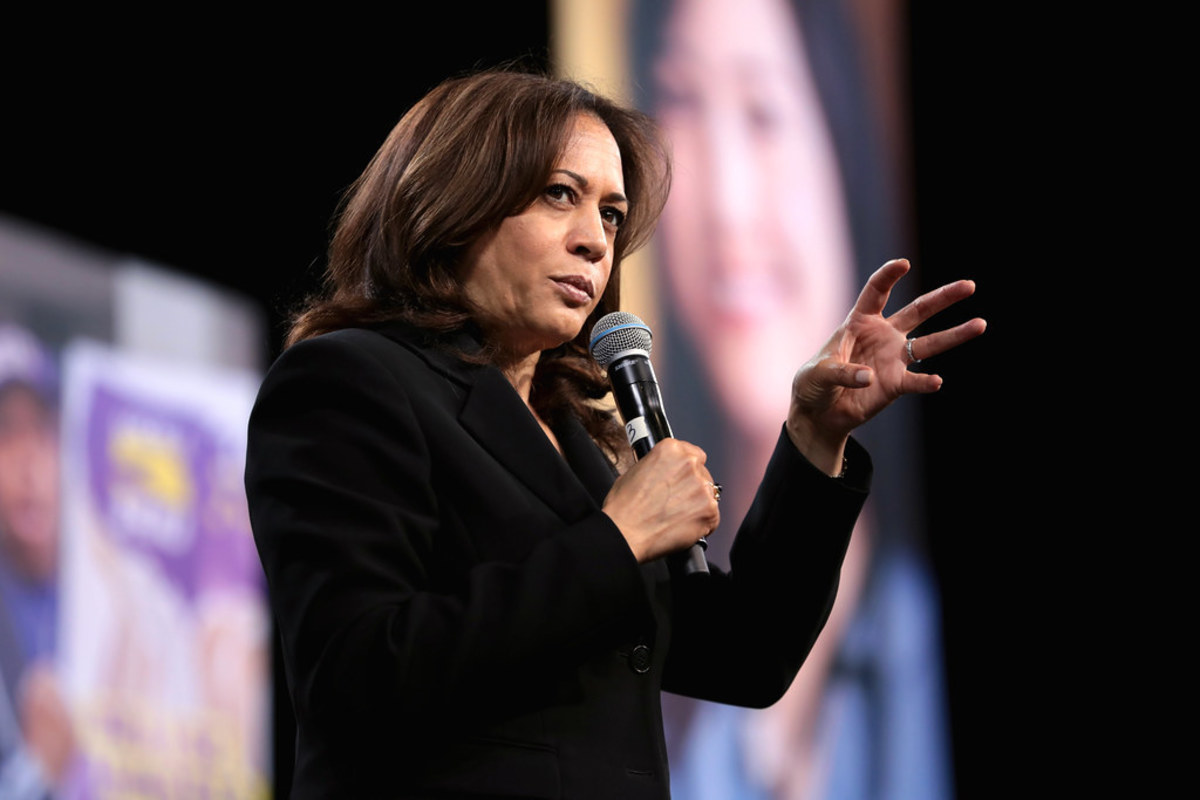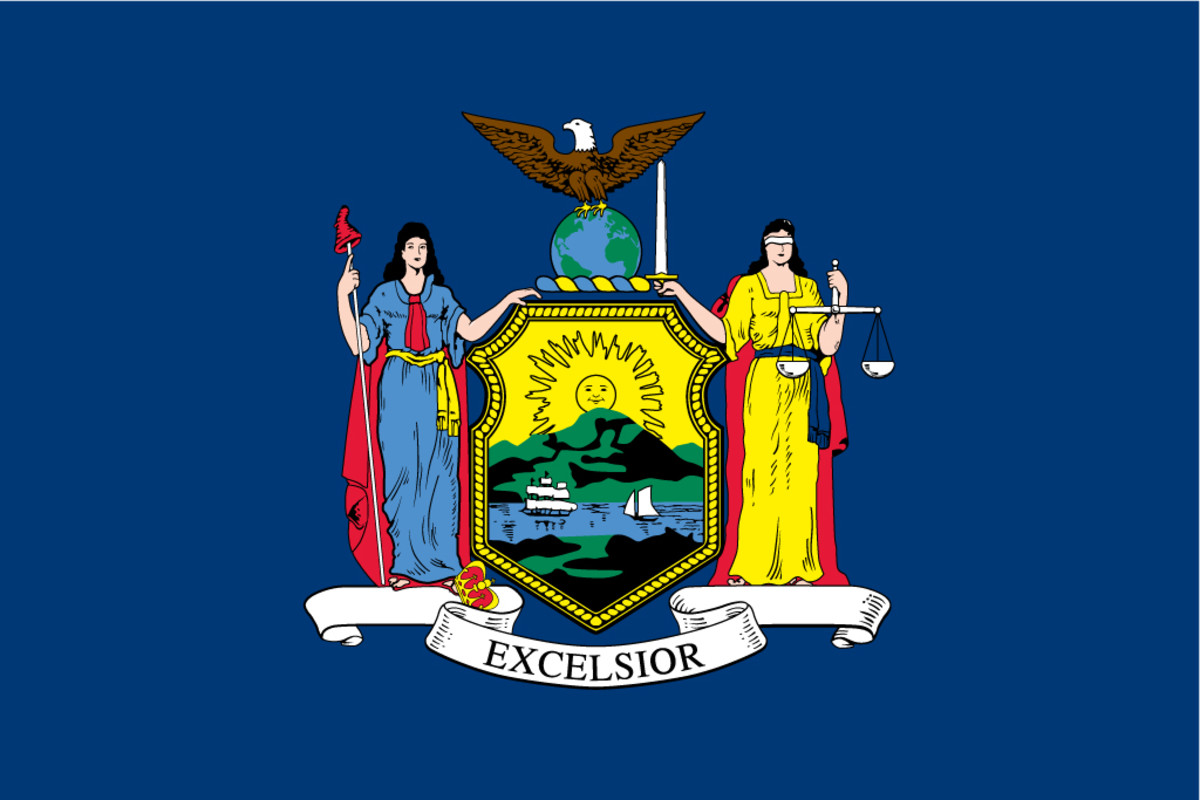House of Cards: Can the Vice President Run for Another Office?

The new Netflix series "House of Cards" offers a gritty, realistic view of Washington. Through thirteen episodes, you get a good feel for the real routine of a Congressman. You witness the link between government, media, and special interest groups. And you get a feel for how power isn't always tied to authority. Sometimes, manipulating news coverage can be more effective in effecting legislation than a simple, honest debate on the floor.
But while the show raises some important issues and offers a behind the scenes look at what Washington can be like, it is a fictional drama. So, naturally, it pushes the boundaries a bit. Some of the plot twists and intrigues make you wonder, "Is that realistic?"
At one point, Frank Underwood (Kevin Spacey) tries to organize a coup and vote the Speaker of the House out of office. It turns out that this might be possible, and there is some precedent for it. Later in the series, there's an equally perplexing question. Can the Vice President abandon his post and run for another elected office...?

Plot Twist: Matthews Re-Runs for Governor
So let's set the stage. In the beginning of the season, we find out that Matthews is on Garet Walker's ticket as Vice President. Matthews is the governor of Pennsylvania, and his presence on the ticket is seen as critical to carrying that battleground state - and the election.
About halfway through the season, a peculiar opportunity arises. A special election looms to fill Matthews' old seat. The Democrats are left without a viable candidate. Maybe Matthews can run for governor and retake his old seat. Is it possible?
Well, sure. It is possible. People run for office while holding another office all the time. It just usually goes the other way. People are typically looking to move up.
For example, when a sitting governor or Senator runs for President and wins, he must resign from his original seat before being inaugurated. When President Obama won his initial election in 2008, he was a sitting Senator for Illinois. He resigned that seat (inadvertently setting in motion the infamous Blogojovich scandal) to take his new office. Likewise, members of Congress who are confirmed as Cabinet members must resign their seat.
If they lose the election, though, nothing happens. Hillary Clinton, for example, ran for the Democratic Presidential nomination in 2008. She was, like Obama, a sitting Senator. So was John McCain, Obama's opponent in the general election. Since neither of them won the election, they simply held on to their old seats as Senators.
The situation gets even more complicated for a Representative from the House. Take Paul Ryan, Representative from Wisconsin. He was on the ticket with Mitt Romney in 2012, running for Vice President. His Congressional term was up at the same time, though. If he ran for Vice President but didn't run for Congress, he risked being completely out of a job if he lost the election. So, he ran for both offices. Yup, that's right. He was up for election for both Vice President and Congress. As it turns out, he lost the Vice Presidency but kept his Congressional seat.
Historical Precedent: But Is It Likely?
So we've established that an elected official can run for another office. He or she would simply have to resign the original seat before taking the new one. But is there any historical precedent for a sitting Vice President running for office and thus resigning the Vice Presidency?
Not a whole lot. But there is at least one clear example: John C. Calhoun.
Calhoun had a long and circuitous political career. In 1832, he found himself Vice President to Andrew Jackson. He was unlikely to succeed him, and the two had profound political differences. Rather than run for re-election, he chose to run for Senate. So, while Jackson ran for re-election as President, Calhoun put his name in the hat for Senate.
He was elected by the South Carolina state legislature to be a Senator. Although he wasn't set to be sworn into Congress until the following March when the new session of Congress began, Calhoun resigned the Vice Presidency in December 1832.
While there were several other Vice Presidents who later went on to be Senators, only one (John Breckenridge) ran for the Senate while he was Vice President. Like Calhoun, Breckenridge did not seek re-election, and in 1860 he ran for Senator for Kentucky. He was elected and held the position for just short of a year, when Kentucky seceded from the Union. However, Breckenridge didn't resign his Vice Presidency like Calhoun did. He served until the end of the term and was immediately sworn in as a Senator the following day.
In the show, House of Cards, they mention a two precedents. One of them is Aaron Burr. However, it's unclear that Burr ran for office while Vice President. He was relatively unhappy as vice President, but there's no evidence that he campaigned for a new office, and did not resign his position.
The House of Cards Scenario: Is It Likely?
It doesn't appear to be likely at all, but it is possible.
Elected officials often run for a new office while sitting in an old office, so there's nothing unconstitutional about the Vice President seeking a new seat. In the past, at least two Vice Presidents have sought election for a new seat while they were in office, but in both cases they ran for election in their last year in office. In other words, they didn't need to resign their seat to take their new seat - although Calhoun did.
However, those examples are also from the 19th century. In recent years, there's never been a sitting Vice President who ran for office except for running for re-election. Those other Vice Presidents who later went on to be Senators had an interim of several years - at least one election cycle - between their Vice Presidential term and their Senate campaign.
There is one little flaw in the plot, though. Pennsylvania doesn't hold special elections for Governor (thanks to Dave in the comments for pointing this out). When Matthews resigned, he would have been replaced by the Lieutenant Governor. If that seat was vacant for some reason, he would then have been replaced by the President pro temp of the State Senate.
So, the scenario from the show isn't technically possible. If Vice President Matthews had been from another state (i.e. West Virginia), though, then he could have run for Governor in West Virginia and assume his old seat. However, it's a highly unlikely scenario in real politics, and it would be a truly rare occurrence for something similar to play out in real life.








